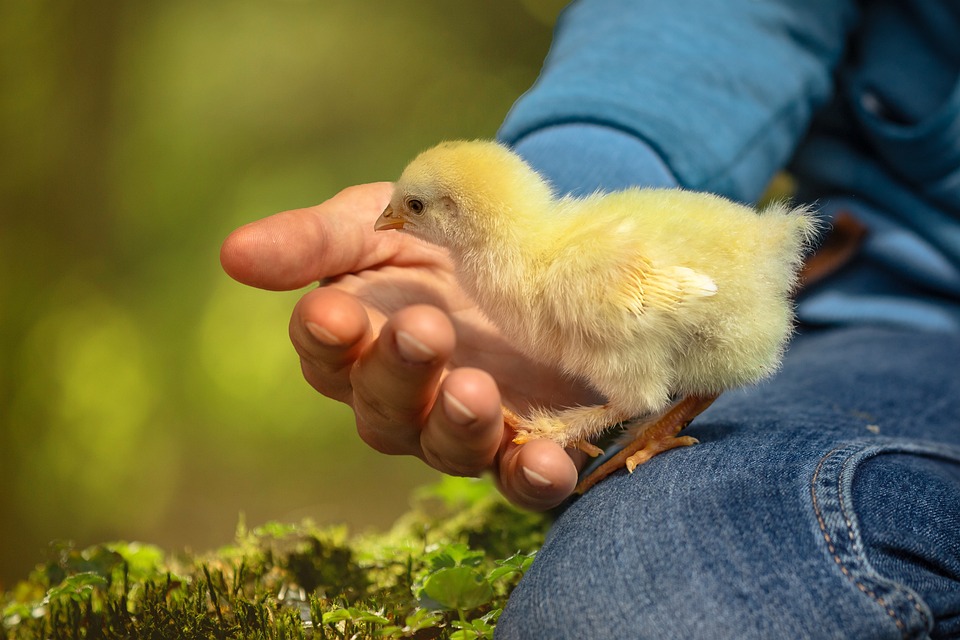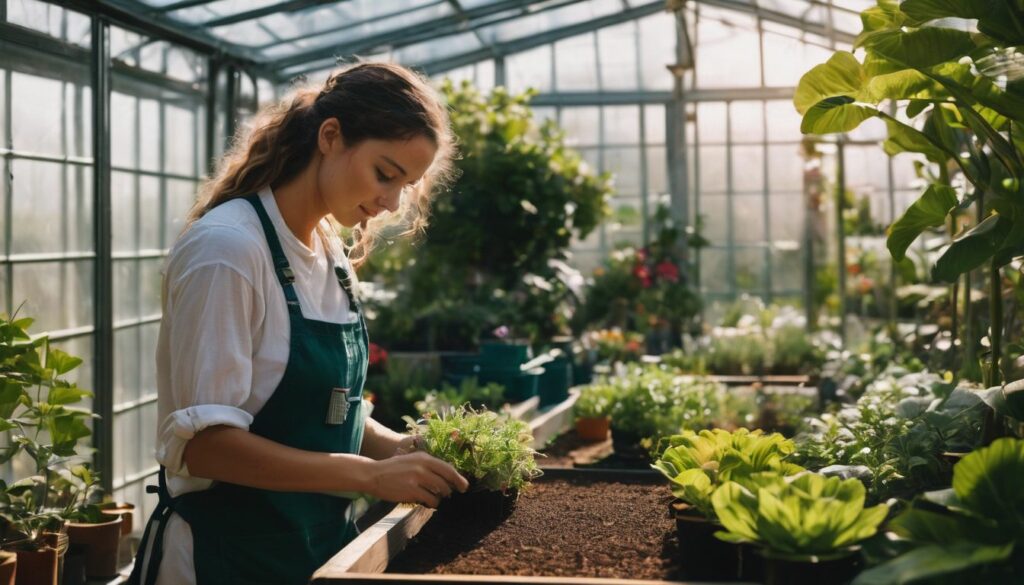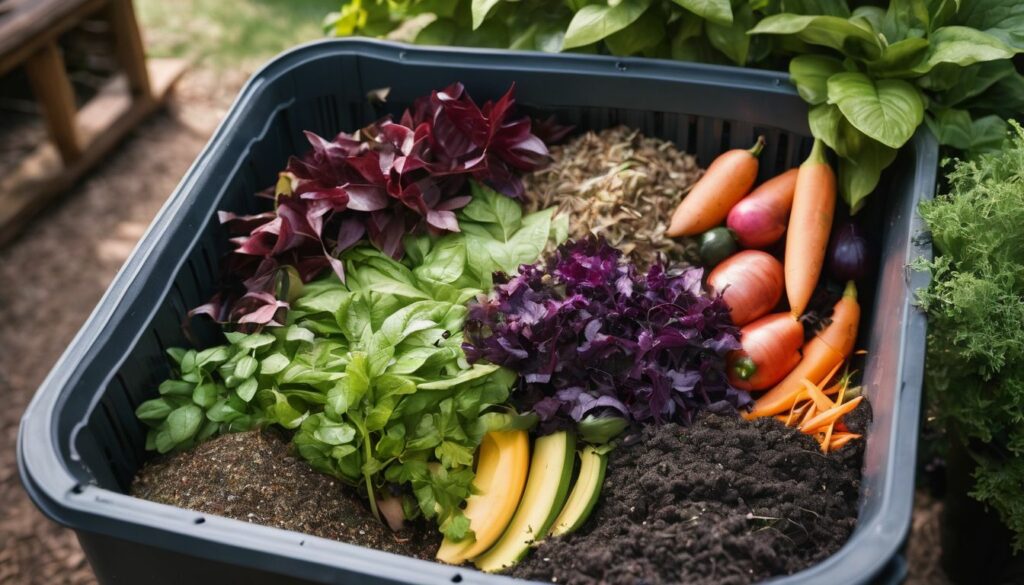One of the most popular things today is backyard farms. You can start your backyard farming with an organic garden, a few chickens, or just a few 5-gallon buckets. You don’t necessarily need a lot of space and there are a lot of people doing urban farming that have a small yard or no yard at all.
By definition backyard farming which is also known as urban homesteading or farming has become the trend in most cities as people move towards environmentally friendly methods of farming. For some people, the term distinguishes between traditional gardening and deliberate and planned farming approach. It also builds a more self sufficient lifestyle.
This is the process of making the best out of whatever space you have to practice farming and produce food for subsistence consumption. The process entails identifying space to use for your farming ventures and then determining the kind of plants you will grow and the farming methods that suit your available space. The best part about backyard farming is how it can be done from the balcony, garden, backyard or any available space you can dedicate to the move.
Growing your own food in your backyard is more than beneficial to anyone who has the space or the time to practice farming. The increased cost of food around the world has caused food shortage in many parts which are why modern solutions like backyard farming must be adopted.
This small scale farming based on your organization and planning can give you over 60% of the food you need. Regardless of the amount of space you have for farming, here is your guide on how to get started perfectly on backyard farming today.
Starting backyard farming is fun, but can also be a big learning experience. Here are a few quick tips that I would recommend before you start backyard farming:
- You will make mistakes. Despite my family having a farm and chickens, I have lost chickens and plants.
- Research your area. I grew up in Michigan but moved down to Florida. Growing vegetables in Michigan was super easy, Florida’s bugs destroyed all my plants.
- Start your small farm first. I built a massive chicken coop and ended up moving it 8 times before I got it right. wish I would have started a bit smaller.
- Backyard chickens are easy, but keep them hydrated and protected.
- Get started backyard farming this week. As important as it is to research and plan, don’t get too stuck on analysis.
What are the benefits of backyard farming?
Food insecurity is becoming a challenge that countries are fighting against especially during tough inflation times. To combat it at the grassroots governments are encouraging citizens both in rural and urban locations to start subsistence farming. Backyard farming has for instance gained massive popularity in most cities as households try to make the best of whatever small space they can set aside to grow certain foods. Find out some of the known merits you will enjoy by commencing a backyard farming project for you and your family.
Surplus food production
Since food insecurity is the problem, getting into farming is the best solution forward for all. It not only improves the nutrition of your diet but augments the amount of food in the market for purchase. With surplus food production, locals not only enjoy subsistence consumption but also the profits from whatever they sell to other consumers.
Enjoy nutritional value
Backyard farming allows you to stop eating processed foods that have been known to have adverse side effects to the body. This is a great step towards fixing your gut, immunity and health in general since you will be getting fresh food from your backyard farm with ease. Freshly picked vegetables can be great sources of vitamins and minerals which is progress from the high chemical intake that we call our diet today.
Can be a cost-beneficial move
Food prices are definitely out of the roof in many parts of the world today as inflation rocks high. It becomes costlier to purchase your food from the grocery and stores and over time the cheaper alternatives begin to make sense. By investing in backyard farming, you start depending more on what you get from your farm and less on what you have to buy at the stores. This will allow you to start making savings and even better returns should you choose to sell the surplus yield from your farm produce.
Form of working out to be fit
When you have some small space in your backyard, why not use it for farming and watch your body transform over time? The truth is most gardening projects are done out of passion which means homeowners would rather work on their backyard farm rather than hire people to do so for them. Tilling the land, caring for the plants, weeding and harvesting are all part of the activities you will be involved in over time that help you burn calories and keep fit.
Wide variety
The secret to successful backyard farming is proper spacing. The right kind of spacing will allow you to plant different types of plants for food as you see fit. This goes a long way into reducing the amount of budget you set aside for food. You can therefore be relying on food products from your farm by up to 60% which however depends on the amount of space you have delegated to farming.
Important tips to create your own backyard farm
If the idea of farming from your home excites you then you are on the right page because these are the details on how to get your backyard farming started. A backyard farm does not necessarily have to be for plants only as animal keeping can also work perfectly on small-sized spaces as your backyard for instance chickens. It can get confusing at the start of your farming experience not knowing how to organize your garden or go about the farming process. These are some of the tips you may find enlightening to your backyard farming goals.
1. Make your garden miscellaneous
Most people use the small backyard space for vegetable farming as that allows them to be diverse in their plant choices. With great spacing, you can enjoy planting wide range of veggies and flowers that make your garden look vibrant. For homes with enough backyard space, planting of berries, fruit trees and nuts can be another way to explore the diversity. You should plant while acknowledging the fact that besides what you need for eating, you also need extra for selling to other consumers. For the economic gain of it
2. Consider backyard livestock farming
Large animals can unfortunately not be kept in city backyards however there are smaller animals with a lot of benefits that you can keep. Chicken, Poultry farming, for instance, takes less space to set up and can have a wide range of merits for instance eggs for eating and selling, and meat and manure for your plants. You just have to decide the right animals to keep at your backyard farm for instance chicken, quails, rabbits, sheep, and even goats. Goats and sheep can be valuable for their milk and meat too besides selling them for a profit to consumers in the market.
3. Use the bees for making honey
Now that many cities allow safe bee farming, you can take the opportunity to add the same to your backyard farm. Bee farming is an enriching activity not just because of the profits involved but also the health benefits of natural honey. You do not need a lot of space to practice bee farming but what you need in plenty is nectar sources to attract the bees. Besides giving honey for consumption, bees are also useful because their wax can be used for making balm and lotions.
What type of plants should I plant at my backyard farm?
The main goal behind any backyard farming project is to have sufficient food for home use and only the surplus is sold. This means you must determine the kind of food that mainly constitutes your diet and can be grown right from your backyard. When starting out you will be tempted to try many plants at once however that never works out well without enough space and proper planning. These are the three categories that you should think in when determining the right plants to grow at your backyard farm.
Focus on macronutrients
This refers to the main nutrients that your body needs in order to be nourished. They are three which include carbohydrates, proteins and fats. Macronutrients provide your body with the calories needed to produce the energy used by the body. You have different options to consider for your macronutrients including potatoes which can be in grown, nut trees which are super easy to harvest, shell and consume or sell. Other options to check out for macronutrients for your farm are squash, beans, fruit, corn, most grains and sweat potatoes.
High value fruits and vegetable
These are the types of foods that are costly to purchase that are still a part of your diet. Since one of the problems backyard farming is supposed to solve is high food prices, why not plant high value fruits and vegetables at your garden or backyard farm? Subsistence production of these foods will save you a lot of money and besides make you more profit should you sell them to your neighbors. There is a long list of fruit options that you can consider for your backyard farm for instance:-
· Honey dews
· Watermelon
· Berries
· Cantaloupe
· Crenshaws
· Peaches
· Apricot
· Stone fruit
There are other high value vegetables that you can check out and plant at your backyard farm in bid to improve what you eat and most importantly make profit from selling.
Micronutrients
Micronutrients are the types of foods that have high vitamins concentration however add no calories to your body. There are a lot of food options that fall in this category inclusive of tomatoes, onions, kale, salad vegetable, water chestnuts and lettuces among others. Most edible herbs and mushrooms are also considered micronutrient plants and can be perfect for your backyard project. Micronutrients are essential in your body as they improve both your immunity and digestion.
Backyard farming mistakes amateurs you must avoid
Backyard farming is very interesting because it allows you to practice farming on a manageable level and space. You can involve your family in the planting, weeding and harvesting of products from the backyard farm but everything has to be done correctly. Amateurs often get over excited and end up missing a few details on what they can and cannot do with their new farm projects. These are some of mistakes you should watch out for that could curtail progress in your backyard farming.
· Poor spacing of plants
Plants need enough space between them individually for proper growth. Spacing has a lot to play in terms of how much nutrients, water and light the plants will get when growing. By adhering to spacing regulations, it becomes easier to avoid crowding your farm. The results of poor spacing or planting too many crops on limited space is how diseases can spread faster besides stunted growth problems as a result of insufficient nutrients, light, and water.
· Inadequate supply of nutrients
Backyard farming at time utilizes containers to hold the soil in which the plants are planted. This means the plants lack enough nutrients, lights and water as supplied in the natural farms. This should however be no reason for your plants to grow poorly. It comes down to your ability to purchase and use fertilizer among other nutrients effectively. You also have to pay special attention to the plants and how they grow to determine easily whether there are any missing nutrients that may affect their growth.
· Ignoring pests and diseases
It is outright that you are not a commercial farmer, however, you need to have time for your plants besides dealing with your busy schedule for the day. Your plants will need more than just water and nutrients considering pests and diseases will always be a bother in the vicinity. You should inspect the backyard farm regularly and give the necessary assistance (herbicides or pesticides) to the affected plants.
· Poor measure of irrigation water
Different plants in the garden have varying water requirements. You should know how much water your plants need from the moment you plant them and watch them grow. The containers you use for backyard farming should have holes drilled into them for letting out excess water and prevent plant rotting. The containers also need to have enough soil to hold for improved drainage otherwise the water may escape through the drilled holes in no time.
Factors to consider when choosing space for commercial farming
While backyard farming remains an interesting field to venture, many people have seen the benefit in returning to agribusiness investments. Large scale farming calls for more capital, planning and risk taking, however the returns are always hefty should everything go as per plan. The very first step of your commercial farming will start with you choosing the land to do your farming on. Land is a factor of production which means its quality can play a major role in determining your produce. Compiled here are just but a few factors you must keep in mind when searching for an area to start your large-scale commercial farming from.
i. The climate zone
It is obvious that the prevailing climatic conditions of the area of your farmland are as important as the quality of land that you choose to do your farming at. Despite the season extension techniques known to man like greenhouses and hoop houses, plants still need to rely on natural climate for proper growth. You can consider factors like the average temperatures in the area and frost-free days.
ii. Potential market locations
Assuming your plans go well and the farm yield is as expected, you will need to offload it to the consumers. Speed is one crucial factor for such businesses because foodstuffs are highly perishable, especially the vegetables. Before choosing your farmland, assess the neighboring market and available resources to help you access the markets faster. The nearer you are to the market the easier time you are likely to have transporting farm yield from the farm to the consumers in the market.
iii. Availability of sufficient water
Your farm has to have consistent supply of water if the plants growing on it are to thrive. Choose a farm that is near a water source to make your irrigation obligations simplified. You cannot fully rely on the weather or prevailing climate and as such a backup source of water is more than necessary. A well can do the trick for your water problems however in uncertain conditions you can always find areas near water reservoirs like dams, lakes and rivers.
How to be successful at backyard farming
You need a well calculated plan for your backyard farming however you need to consider the resources at your disposal. To be successful you must be focused and dedicated to making your garden work. There are different elements you should focus on like how much time you commit to it daily which should be at least 30 minutes every day. You can achieve a lot during this time from weeding, irrigating, checking for pests and diseases or even harvesting. Neglecting your farm is the easiest way to kill whatever you had planted in it and allow weeds to take over.
You should also not start big unless you understand the hang of it. You must set realistic goals when targeting your backyard farm project. Expecting it to solve all your food and money problems at once is an over statement. You must take your time to plant, water, weed, and care for and harvest the plants as time requires.
Invest in the right tools, pesticides and herbicides for your plants. Along the way your farm is likely to be attacked by pests and diseases which will curtail the yield received from the same. Consider finding the right store to purchase your seeds and solutions from for whatever challenge you may be experiencing at your farm.





